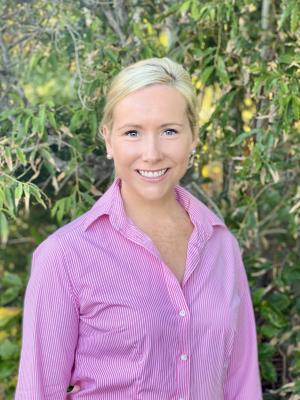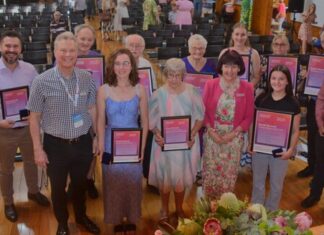There are few industries in Australia that owe so much to the contribution of women as agriculture.
Since the earliest days of European settlement in carving one of the world’s largest agricultural economies out of the scrub, women have contributed significantly to everything from manual labour to business management and policy development.
Yet it wasn’t until 1994 that women were legally recognised as farmers in their own right.
And there are further signs that despite half of everything we eat, half of the rural workforce, and half of all farm income in Australia being produced by women, industry still needs to do much to ensure greater representation of women not only in the paddock but in the board room as well.
According to information from Invisible Farmer, women make up less than 10 per cent of all agricultural commodity councils, while my own experience, as a working agribusiness professional with a small beef herd, has shown me firsthand that there are still many more men actively involved in the industry than women.
But encouragingly, things are changing.
At AgForce, elected women represent almost every commodity and region, and of course we have Georgie Somerset, our first woman General President, who recently commenced a new two-year term.
One of Georgie’s goals when she began her role at the top of AgForce in 2018 was to encourage more women to come through the ranks and step into commodity-specific leadership roles, and we are now starting to see this taking place.
The numbers will continue to change, and the industry will continue to prosper, if we provide yet more opportunities and support for young people who want to live a life on the land, and if we better promote the countless opportunities that exist for women within agriculture.
Whether that’s taking up a trade, working in ag sciences, or stepping up to represent on a council or board – the possibilities are endless.
So this International Women’s Day let’s celebrate and be proud of all our wonderful achievements and the contribution women make to Australia and the lives of those around us each and every day.
But as an industry and as a society let’s also not lose sight of how far we still have to go.






